What is a switching station?
A switching station is a substation that does not contain power transformers and therefore does not change system voltage from one level to another.
Switching stations usually operate at sub-transmission or transmission voltage levels.
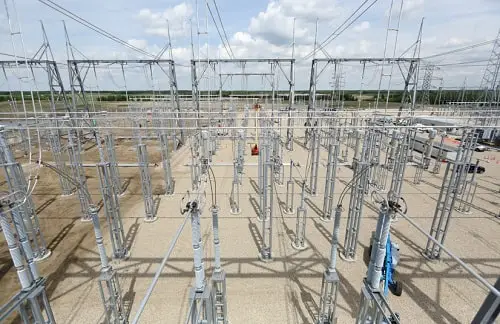
Depending on system voltage, the equipment types and characteristics used in switching stations are identical to those used in transmission stations.
Basic Switching Substation
The figure shows the one-line diagram of a basic switching substation with three terminals.
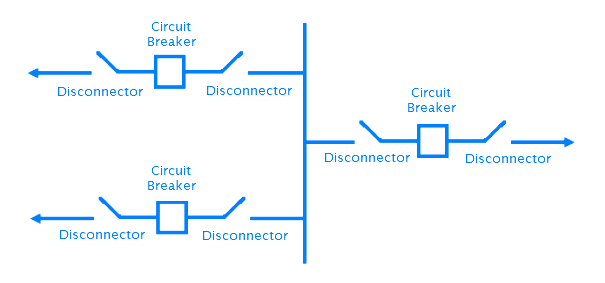
Power circuit breakers in the three circuits help prevent a complete shutdown of switching substation for line faults.
The circuit breakers have disconnect switches on both source and load sides. They permit isolation during maintenance or other periods requiring complete de-energization.
Depending on station voltage and bus configuration, the switches may be of the
- three-pole, single-throw, group-operated type
- or of the single-pole, single-throw, hook stick-operated type.
Above 69 kV, we usually do not use hook stick-operated switches.
Surge Arresters
Surge arresters or other surge protection equipment may be installed either on the line positions or on the switching substation buses. They protect against excessive lightning or switching surges.
A comparison of the costs of the surge protection equipment to the frequency and extent of possible equipment damage can be evaluated to determine the desirability of the protective switchgear equipment.
Possible circuit or substation outages and equipment damage as a result of the unprotected surges should be considered. In general, if there is any question, surge arresters should be installed for equipment and circuit protection.
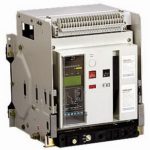
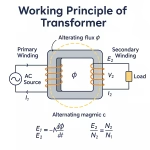

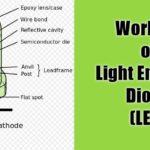

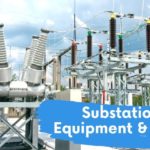
Comments are closed.